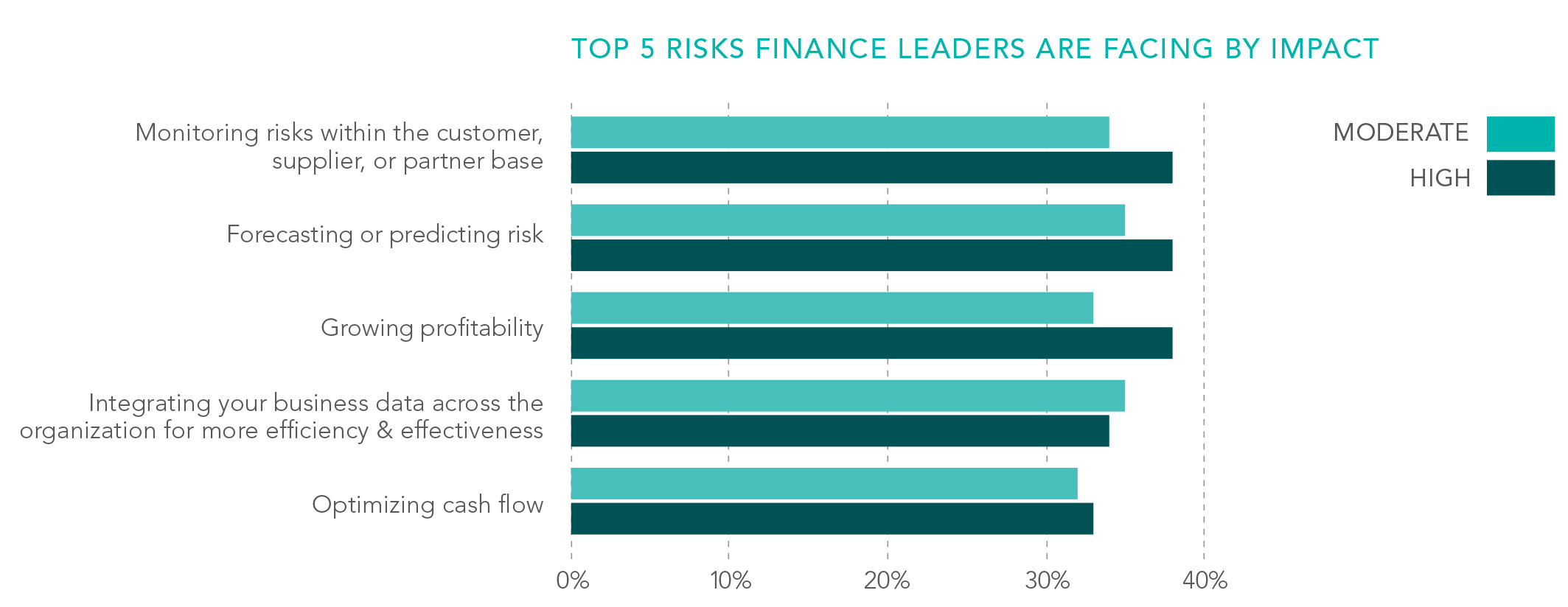
By Eric Dowdell
Global Head of the Trade Credit Business
Dun & Bradstreet
October 29, 2018
Part 4 of 4: The Future of Risk Management
Finance is truly at the crossroads of burgeoning business complexity. In addition to the complexity layered into finance’s reporting and stewardship responsibilities to reflect accurately what has happened in the past in the form of regulations and compliance mandates, a gamut of risks and opportunities are emerging almost daily both within and around businesses. With so much to account for in the past and present, managing future change can seem daunting.
Yet, according to a new report by Accenture , it seems that businesses are looking to finance leadership to manage past, present, and future organizational risks to oversee their organizations’ digital transformation. “CFOs are fast becoming the digital stewards of their organizations, leveraging predictive analytics and artificial intelligence to better interpret data for key business decisions that drive value, improve efficiency and enable strategy beyond the borders of the finance function.” The report finds that over three quarters (77 percent) of CFOs believe it is within their purview to drive business-wide operational transformation. And, more than three-quarters (78 percent) say the transformation must be rapid and drastic, as traditional finance roles may soon become obsolete. Among the top five skills CFOs and finance leaders will need to be successful, Accenture says, are 1. The ability to think long-term, 2. The ability to identify, anticipate, and manage risk, 3. Insight into and understanding of new technologies, 4. Ability to hire, develop, and place the best talent, and 5. Agile and responsive ways of working.



